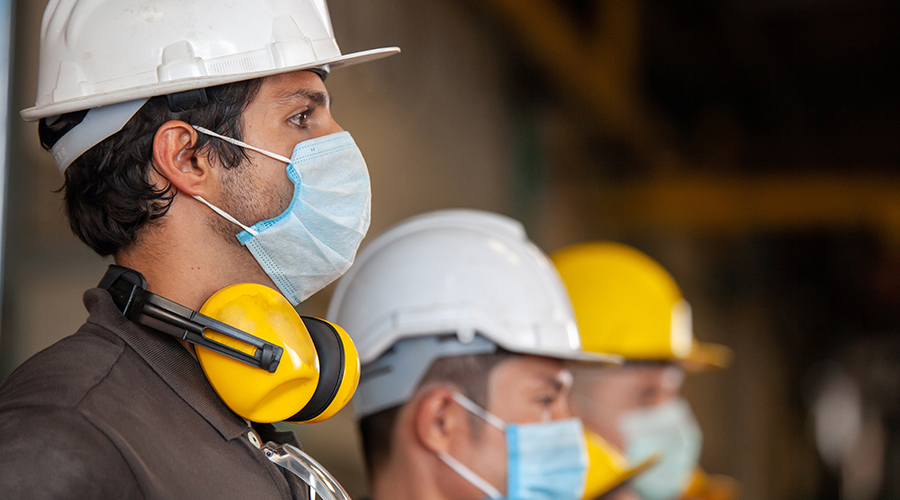
Global Alliance Addresses Decarbonization Funding Concerns
USGBC and other world organizations lay groundwork to resolve funding issues to green more buildings November 25, 2024
By Dave Lubach, Executive Editor
While institutional and commercial facilities continue to embrace green buildings, the fact remains that a large number of buildings have not yet started transitioning to become greener.
Earlier this month, the United States Green Building Council (USGBC) and an alliance of other similar organizations across the world, released “Building Transition: How to Scale and Finance an Inclusive Transition for the Built Environment,” as a guide to focus on 75 percent of lower-performing buildings operated by organizations that have not yet adopted green building practices.
USGBC is joined by green building organizations in the United Kingdom, Australia, Singapore and France to study the necessary steps to close the gap between the top performing buildings and the rest of the market.
“Achieving large-scale decarbonization is only possible with widespread adoption of green building practices,” says Peter Templeton, president and CEO of USGBC. “Every building needs a decarbonization plan to help meet emissions reduction goals to mitigate climate change. However, making improvements to the vast stock of existing buildings requires access to capital. ‘Building Transition’ underscores the importance of uniting key stakeholders to create more opportunities for building owners to act.”
The report concludes that most buildings lack access to green financing and resources. It offers recommendations to address these challenges in the areas of:
Policy and tax reform. Stronger politics and taxonomies that direct capital toward underperforming buildings, and context-specific, performance-oriented criteria tailored to diverse building types, ensuring investment reaches all buildings.
Global decarbonization standards. Defining a credible decarbonization transition and providing common standards, metrics and decarbonization tools that can be used globally while allowing for harmonization across diverse assets and geographies.
Resilience in finance. Incorporating adaptation and resilience in real estate finance to account for the impacts of both acute and chronic climate events. The lack of resilience makes lower-performing buildings, the other 75 percent, more vulnerable to becoming stranded assets and suffering from climate impacts.
Dave Lubach is executive editor of the facilities market.
Next
Read next on FacilitiesNet












